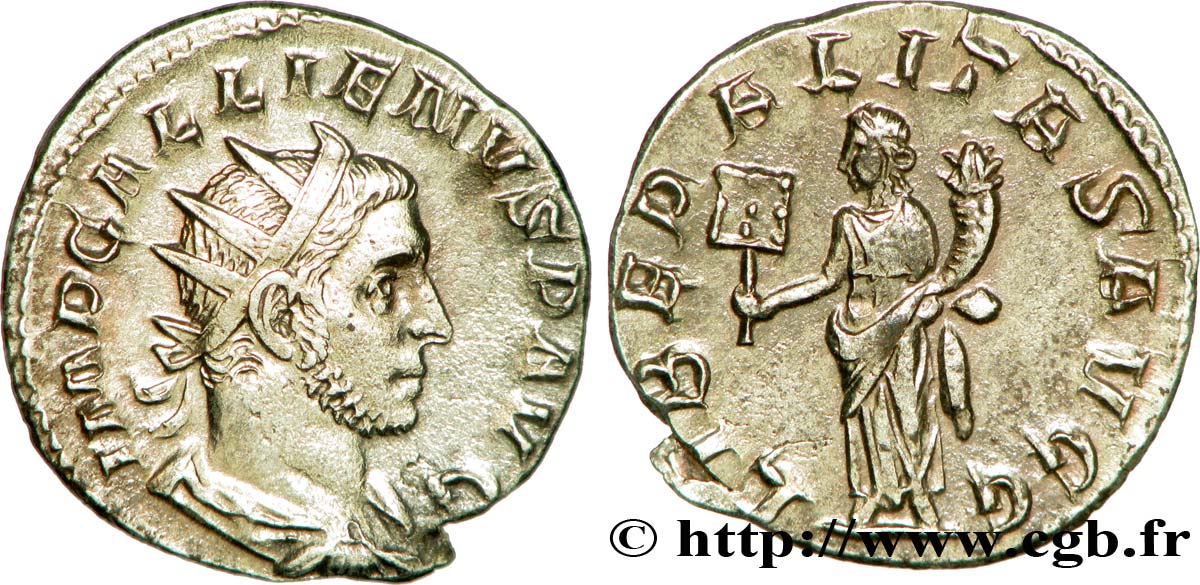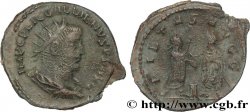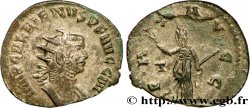v38_0856 - GALLIENUS Antoninien
MONNAIES 38 (2009)
Starting price : 125.00 €
Estimate : 250.00 €
Realised price : 200.00 €
Number of bids : 4
Maximum bid : 255.00 €
Starting price : 125.00 €
Estimate : 250.00 €
Realised price : 200.00 €
Number of bids : 4
Maximum bid : 255.00 €
Type : Antoninien
Date: 254-256
Mint name / Town : Mésie inférieure, Viminacium
Metal : billon
Millesimal fineness : 250 ‰
Diameter : 20,5 mm
Orientation dies : 12 h.
Weight : 3,42 g.
Rarity : R2
Emission: 3e
Coments on the condition:
Exemplaire sur un flan ovale et irrégulier, parfaitement centré. Beau portrait inhabituel. Revers de style fin, bien venu à la frappe. Jolie patine grise avec des reflets dorés
Catalogue references :
Obverse
Obverse legend : IMP GALLIENVS P AVG.
Obverse description : Buste radié, drapé et cuirassé de Gallien à droite, vu de trois quarts en arrière (A2).
Obverse translation : “Imperator Gallienus Pius Augustus”, (L'empereur Gallien pieux auguste).
Reverse
Reverse legend : LIBERALITAS AVGG.
Reverse description : Liberalitas (la Libéralité) debout à gauche, tenant un abaque de la main droite et une corne d’abondance de la main gauche.
Reverse translation : “Liberalitas Augustorum”, (La Libéralité des augustes).
Commentary
Avec son argenture. Rubans de type 3. Ptéryges invisibles sous le paludamentum.








 Report a mistake
Report a mistake Print the page
Print the page Share my selection
Share my selection Ask a question
Ask a question Consign / sell
Consign / sell
 Full data
Full data



